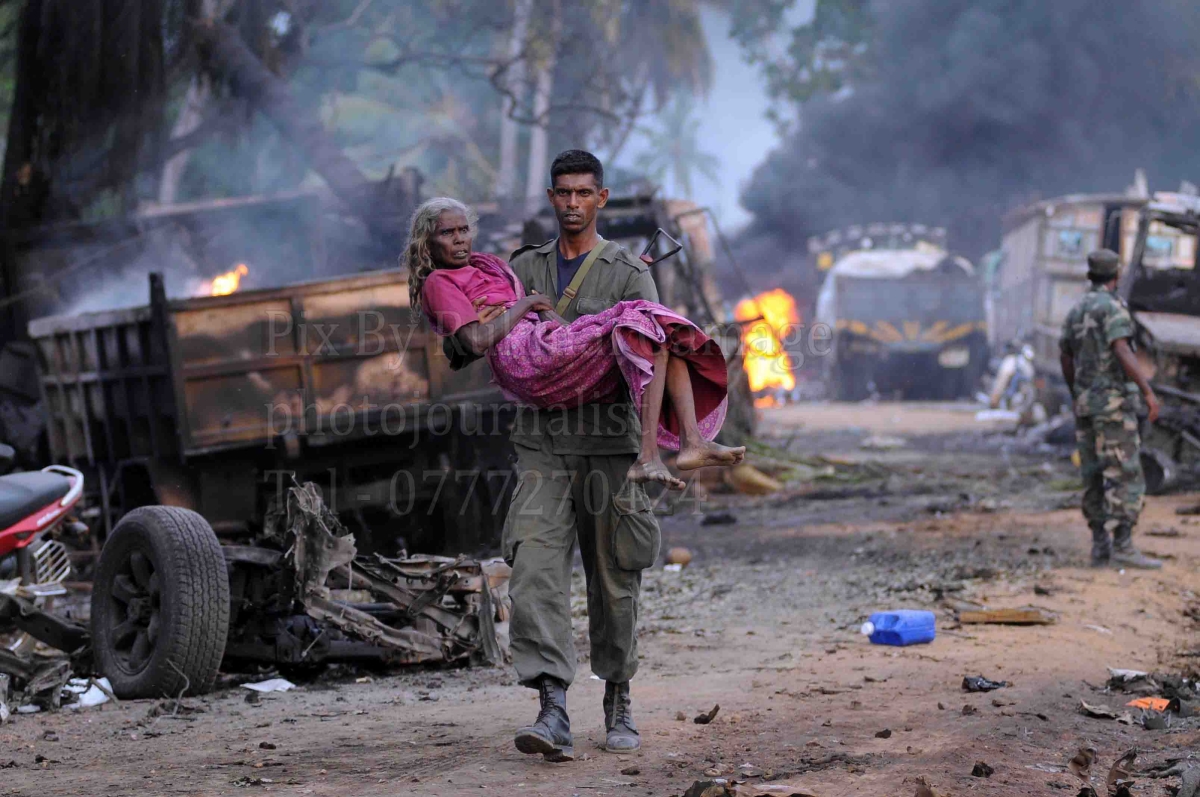The Sri Lankan government has recognized the Nandikadal Lagoon, where the decisive battle between government forces and the Liberation Tigers of Tamil Eelam (LTTE) took place in 2009, was a potential tourism destination. In a bid to promote tourism, the government plans to develop the area and transform it into a bustling tourist hub.
Nandikadal Lagoon holds immense significance as it was the site of the final battle that led to the defeat of the LTTE and the demise of its leader, Velupillai Prabhakaran, along with hundreds of Tiger soldiers.
To capitalize on the tourism potential of Sri Lanka's coastal areas, the Department of Coastal Conservation and Coastal Resource Management has identified 24 new tourist spots along the country's coastline. These include Gagge Wadia, Puttalam Lagoon Islands, Kudava, Vaikkala, Negombo Lagoon, Kapungoda, Prithipura, Kokgala Lagoon, Seethagalle, Rakava Lagoon, Lunama Lagoon, Malala Lewaya, Kirinda, Kunukale Beach, Elephant Rock, Salathiv Island, Tambalagamuwa Bay, Governor's Office, Uppuveli, Sampalthiv Beach, Ariyamalla Beach, Nayaru Beach, Nandikadal Beach, and Santhakulam Beach.
Sri Lanka's coastline spans approximately 1,620 kilometers and is abundant in economic resources. With its picturesque beaches, diverse wildlife, and cultural heritage, the coastal region offers a wealth of attractions for tourists to explore.










